Contents
What Diesel Exhaust Fluid Does
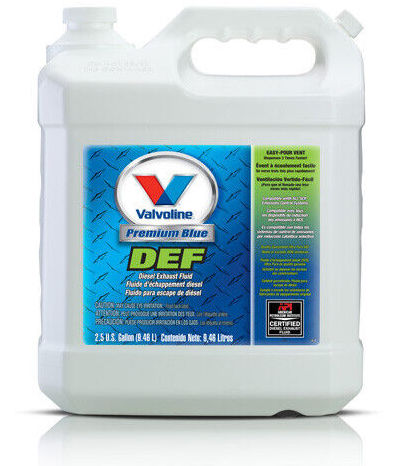
Valvoline Premium Blue DEF – 2.5 gallon jug
Diesel exhaust fluid, or DEF, is an environmentally friendly mixture of 67.5 percent deionized water and 32.5 percent urea. Urea, also known as carbamide, is a natural substance found in animal urine, and it can be created in a lab as a synthetic compound. In either form, it becomes ammonia at high temperatures.
The nontoxic, nonflammable, and nonexplosive solution is also commonly used as an agricultural fertilizer. When DEF is injected into diesel engines, the hot exhaust stream turns the NOx into water, producing less harmful emissions.
How to Add Diesel Exhaust Fluid
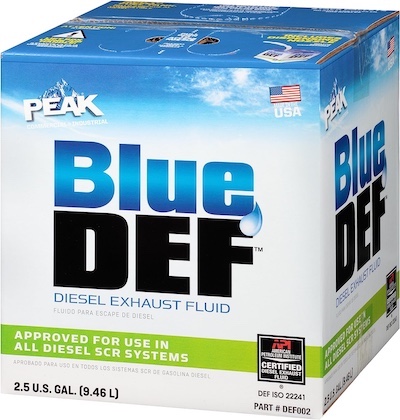
Peak Blue DEF – 2.5 gallon box
Most newer diesel-powered vehicles position a filler for the DEF tank—identified by a blue cap—next to the green diesel fuel tank filler, making it easy to refill. In some vehicles, the filler tank is located under the hood, inside the trunk, beneath the spare tire, or in various other places. Consult your owner’s manual to learn more about DEF, including the location of the filler.
US emission regulations do not allow diesel vehicles to operate with an empty DEF tank. So, if the diesel exhaust fluid runs low, a warning light usually illuminates on the instrument cluster. The vehicle reverts to a reduced power mode if the warning is ignored. If the DEF level becomes too low or depleted, the engine will not start until fluid is added. Some vehicles have a DEF gauge indicating the amount of fluid in the tank.
Where to Find Diesel Exhaust Fluid
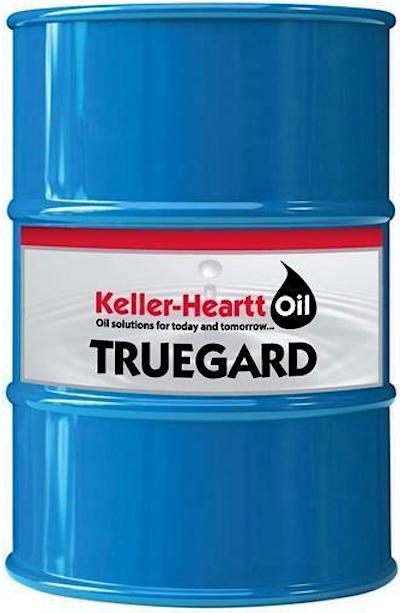
TRUEGARD DEF – 55 gallon drum
The average diesel-powered vehicle expends two to three gallons of diesel exhaust fluid every 800 miles. However, some newer vehicles can travel up to 10,000 miles on a full tank of DEF, which typically holds 10 gallons. There isn’t a one-size-fits-all answer, so once again, check your owner’s manual.
Diesel exhaust fluid is commonly available in 2.5-gallon containers. Since DEF isn’t flammable, you might want to keep a gallon in your vehicle if you cannot find a location selling it. Remember, EPA regulations require your engine to stop operating if the DEF supply runs out.
Shop now for automotive fuel additivesStorage
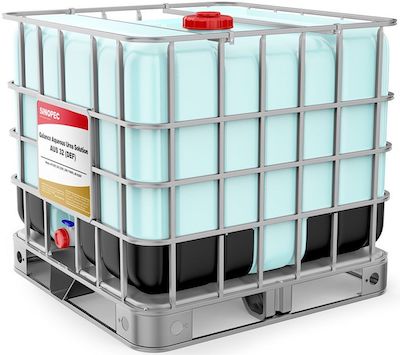
Sinopec DEF – 275 gallon tote
When stored properly, diesel exhaust fluid has a shelf life of one to two years. Most brands recommend storing DEF between 12 and 86 degrees Fahrenheit. Even though it is two-thirds water, DEF is unlikely to evaporate unless exposed to extremely hot temperatures for several days.
If you’re storing DEF in cold climates, it will freeze at 12 degrees Fahrenheit. So don’t leave that spare gallon in the vehicle overnight or in an unheated garage in frigid temperatures.
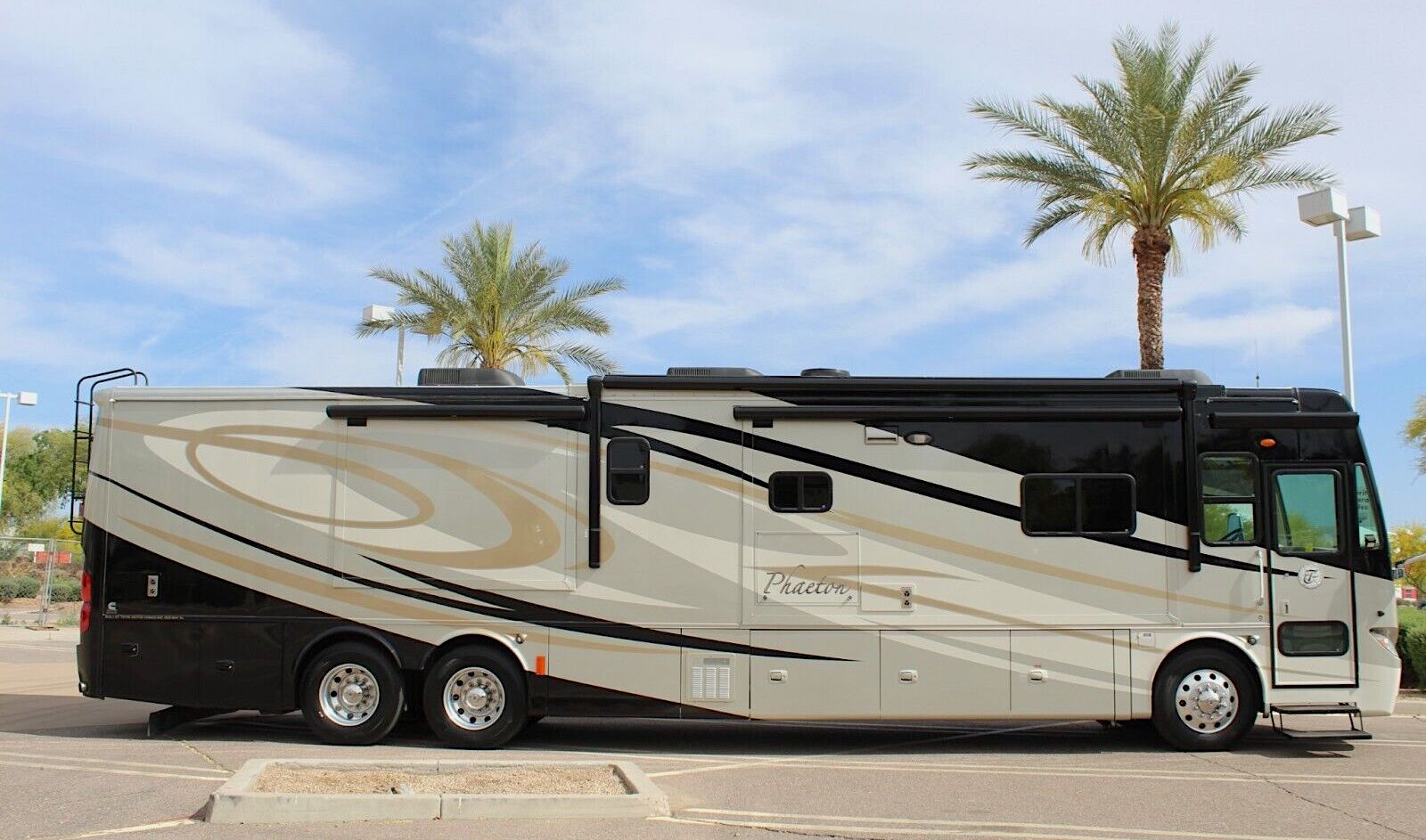
A word of advice to snowbirds: Store your diesel RV’s DEF where it won’t freeze.





